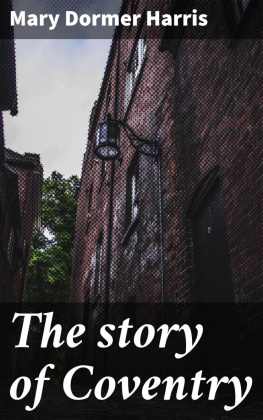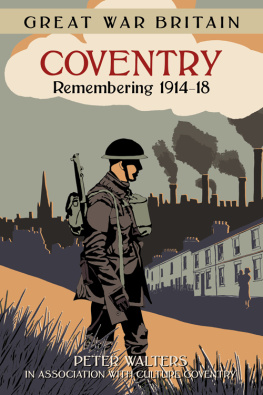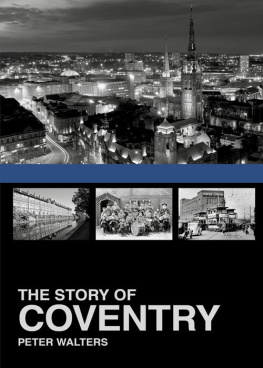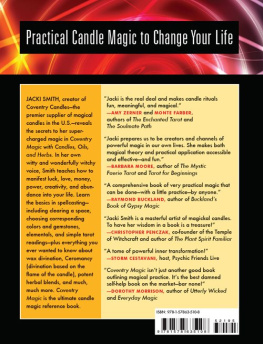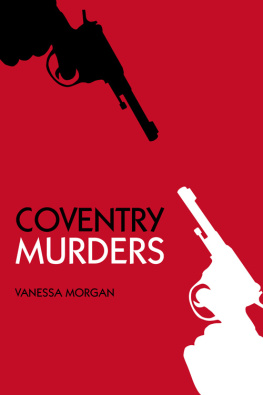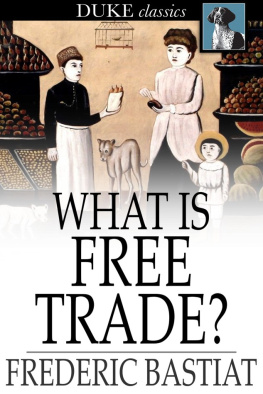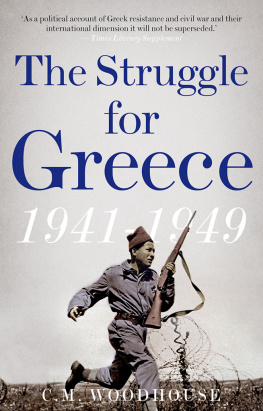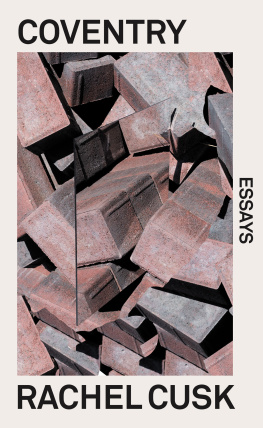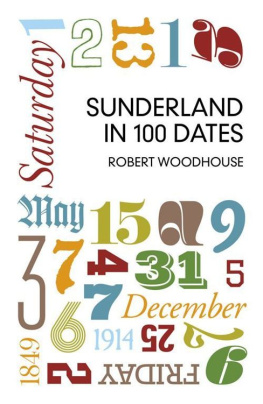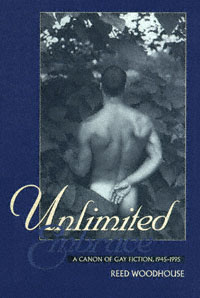PREFACE
Table of Contents
The principal authorities for the history of Coventry and its churches have been Dugdale's "Antiquities of Warwickshire" and the "Illustrated Papers and the History and Antiquities of the City of Coventry," by Thomas Sharp, edited by W.G. Fretton (1871). Besides these the many papers by Mr. Fretton in the Transactions of the Birmingham and Midland Institute and other Societies, and the "History and Antiquities of Coventry" by Benjamin Poole (1870) have been the main sources of historical information. The Author is, however, responsible for the architectural opinions and descriptions, which are mainly the outcome of a lifelong acquaintance with the city and its buildings, fortified by several weeks of study and investigation recently undertaken.
He desires to acknowledge his deep obligations to the Vicars of the several churches for leave to examine, measure and photograph the buildings in their charge; to Mr. J. Oldrid Scott for the loan of drawings of St. Michael's; to Mr. A. Brown, Librarian of the Coventry Public Library for advice and help in making use of the store of topographical material under his care; to Mr. Owen, Verger of St. Michael's and Mr. Chapman, Verger of Holy Trinity, for help in various directions, and to Mr. Wilfred Sims for his energy and care in taking most of the photographs required for illustration.
The other illustrations are reproduced from drawings made by the author.
CHURCHES OF COVENTRY
Table of Contents
MONASTERY AND CITY
Table of Contents
The opening words of Sir William Dugdale's account of Coventry assert that it is a city "remarkable for antiquity, charters, rights and privileges, and favours shown by monarchs." Though this handbook is primarily concerned with a feature of the city he does not here mentionits magnificent buildingsthe history of these is bound up with that of the city. The connection of its great parish churches with the everyday life of the people, though commonly on a narrower stage, is more intimate than is that of a cathedral or an abbey church, but it is to be remembered that without its Monastery Coventry might never have been more than a village or small market town.
We cannot expect the records of a parish church to be as full and complete as those of a cathedral, always in touch through its bishops with the political life of the country and enjoying the services of numerous officials; or as those of a monastery, with its leisured chroniclers ever patiently recording the annals of their house, the doings of its abbots, the dealings of their house with mother church and the outside world, and all its internal life and affairs. In the case of Coventry, the unusual fulness of its city archives, the accounts and records of its guilds and companies, and the close connection of these with the church supplies us with a larger body of information than is often at the disposal of the historian of a parish church. As therefore, in narrating the story of a cathedral some account of the Diocese and its Bishops has been given, so, before describing the churches of Coventry, we shall give in outline the history of the city which for 700 years gave its name to a bishop and of the great monastery whose church was for 400 years his seat.
Though Dugdale says that it is remarkable for antiquity, Coventry as a city has no early history comparable with that of such places as York, Canterbury, Exeter, or Colchester, while its modern history is mainly a record of fluctuating trade and the rise and decline of new industries. But through all its Medival period, from the eleventh century down to the Reformation, with an expiring flicker of energy in the seventeenth, there is no lack of life and colour, and its story touches every side of the national life, political, religious, and domestic. The only evidence of extreme antiquity produced by Dugdale is the suffix of its name, for "tre is British, and signifieth the same that villa in Latin doth;" while the first part may be derived from the convent or from a supposed ancient name, Cune, for the Sherborne brook.
The first date we have is 1016, when Canute invaded Mercia, burning and laying waste its towns and settlements, including a house of nuns at Coventry founded by the Virgin St. Osburg in 670, and ruled over by her.
But there is no sure starting-point until the foundation of the monastery by Earl Leofric and the Countess Godiva, the church being dedicated by Edsi, Archbishop of Canterbury, in honour of God, the Virgin Mary, St. Peter, St. Osburg, and All Saints on 4th October, 1043. Leofwin, who was first abbot with twenty-four monks under his rule, ten years after became Bishop of Lichfield. The original endowment by Leofric, consisted of a half of Coventryand Godiva were set up about the time of Richard II, the Earl holding in his right hand a Charter with these words written thereon:
I Luriche for the Love of thee
Doe make Coventre Toll-free.
Abbot Leofwin was succeeded in 1053 by Leofric, nephew of the great earl; and he by a second Leofwin, who died in 1095. The first Norman bishop of Lichfield had, in compliance with the decision of a Synod (1075) in London fixing bishops' seats in large towns, removed his to St. John's, Chester. But his successor, Robert de Lymeseywhose greed appears to have been notable in a greedy agehaving the king's permission to farm the monastic revenues until the appointment of a new abbot, held it for seven years, and then, in 1102, removed his stool to Coventry. Five of his successors were bishops of Coventry only, then the style changed to Coventry and Lichfield, and so remained till 1661, when (in consequence of the disloyalty of Coventry and the sufferings of Lichfield in the royal cause) the order was reversed!
In 1836 the archdeaconry of Coventry was annexed to Worcester and its name disappeared from the title, and now it is probable that Coventry will soon again give her name to a See without dividing the honour. For the joint episcopal history the reader must be referred to the handbook in this series on Lichfield Cathedral. In this place will only be given that of the Monastery as such, and specially in connection with its "appropriated" parish churches and the City in which it stood. That history is not essentially different from that of other monasteries. Though its connection with the See and the rival claims and antagonisms of the respective Chapters produced a plentiful crop of serious quarrels, its relations with the townsfolk were free from such violent episodes as occurred at Bury St. Edmunds or St. Albans. The Chapter of Lichfield consisted of secular priests (Lymesey and his next successor were married men), while the Monastery, though freed by pope and king from any episcopal or justiciary power and with the right of electing its own abbot, was, like all monastic bodies, always jealous of the encroachments of bishops, and regarded secular priests as inferior in every respect. The opinion of the laity who saw both sides may be gathered from Chaucer's picture of a "poore Persoun of a toun." He knew well enough how the revenue, which should have gone to the parish, its parson and its poor, went to fill the coffers of rich abbeys, to build enormous churches and furnish them sumptuously, to provide retinues of lazy knights for the train of abbot or bishop, and to prosecute lawsuits in the papal courts.




